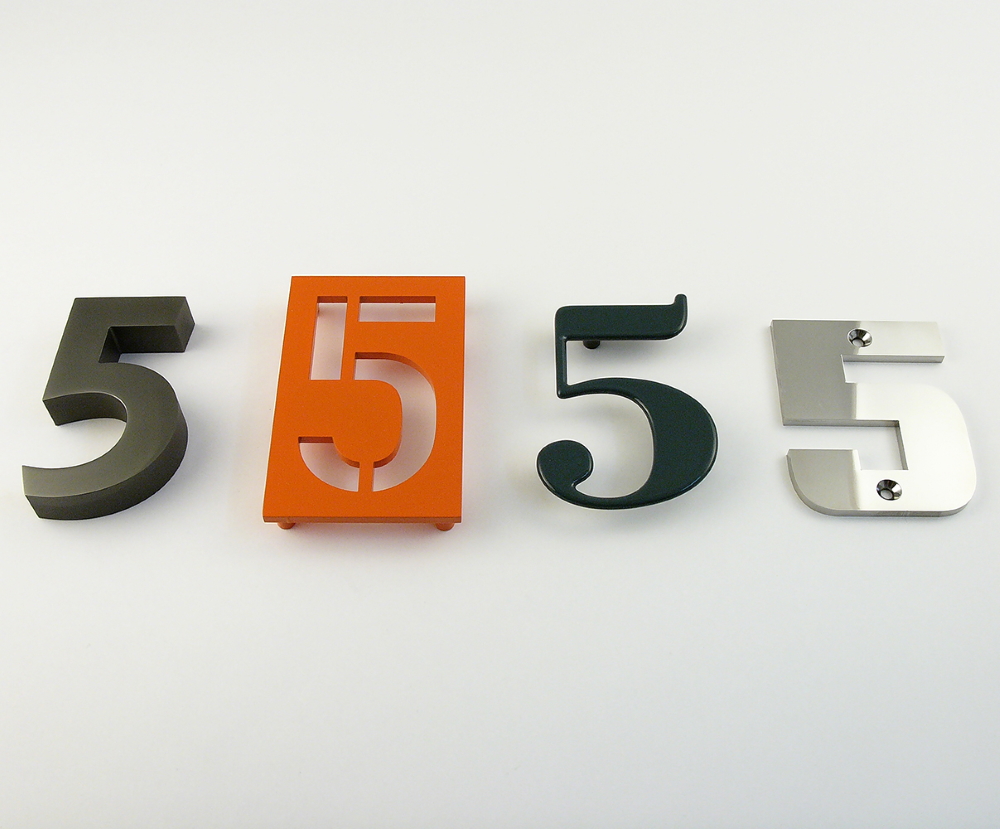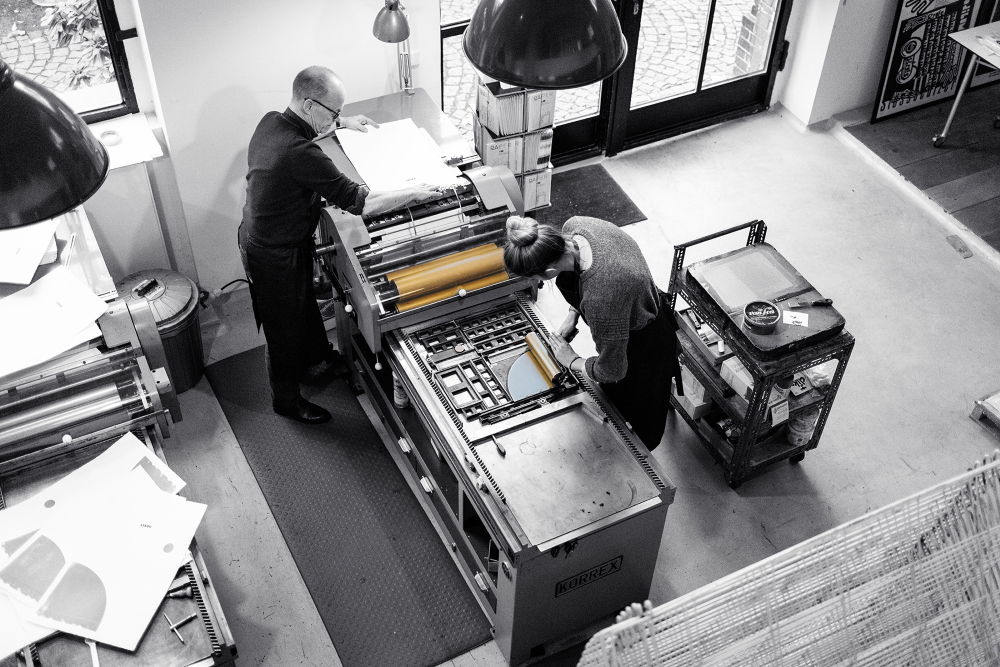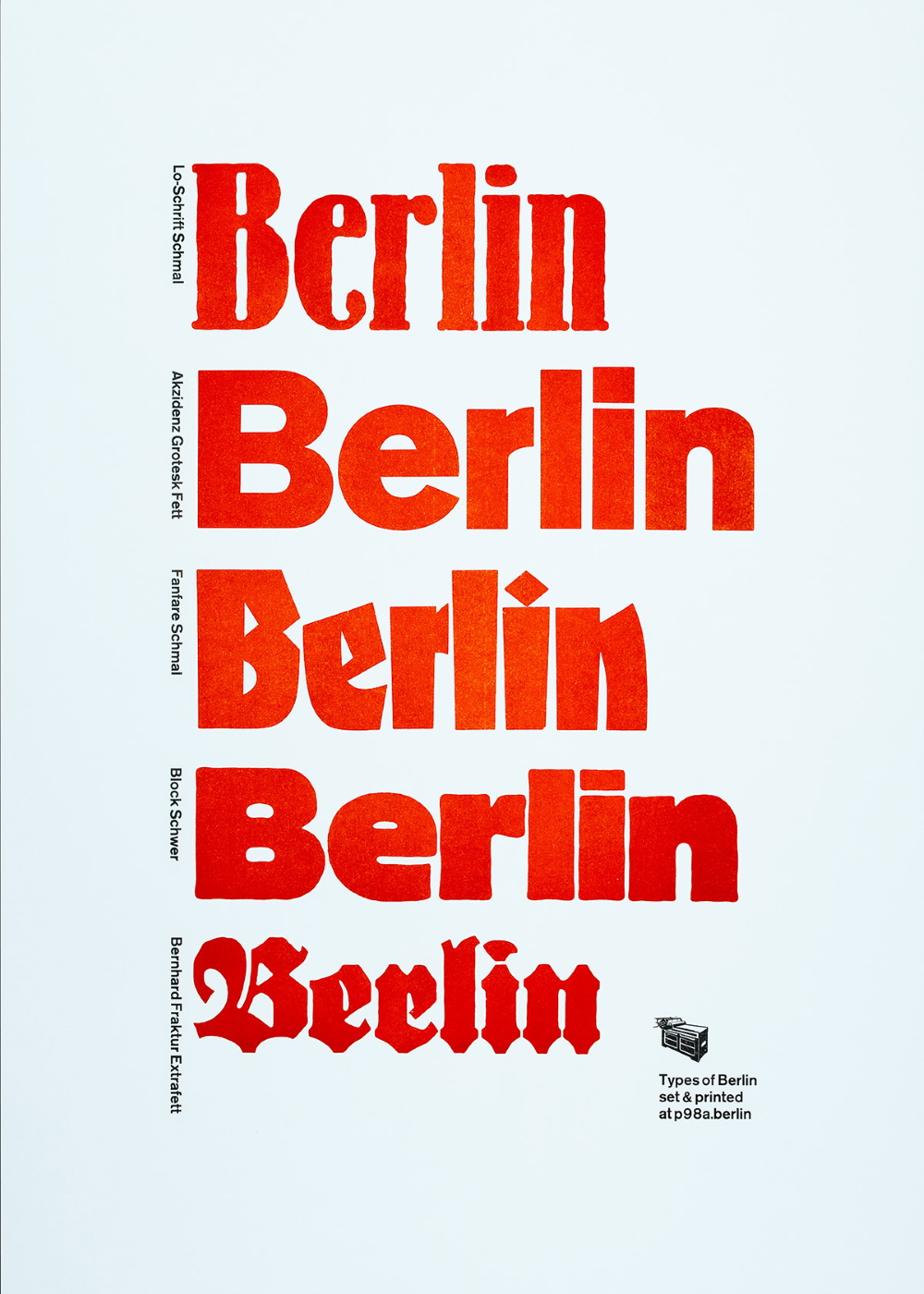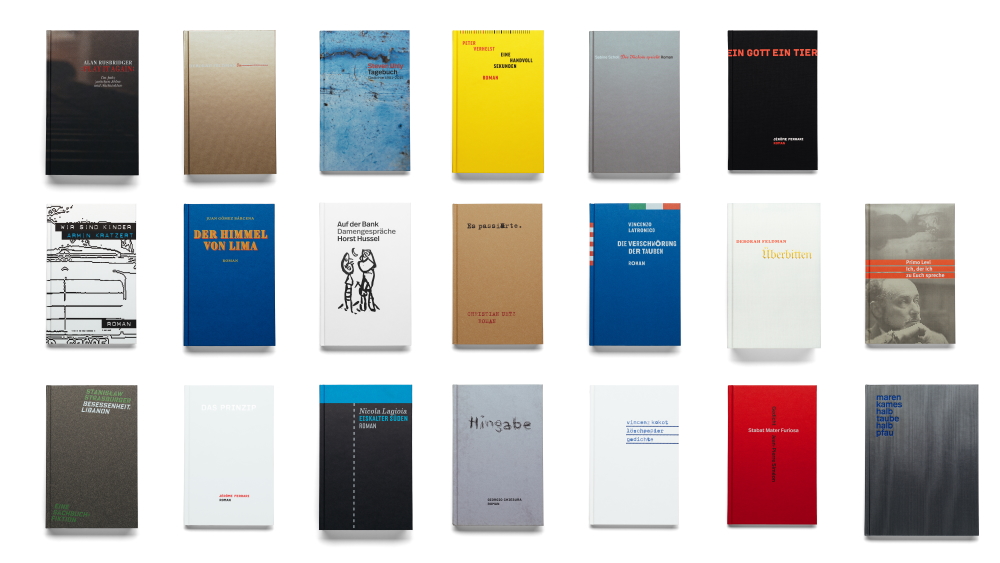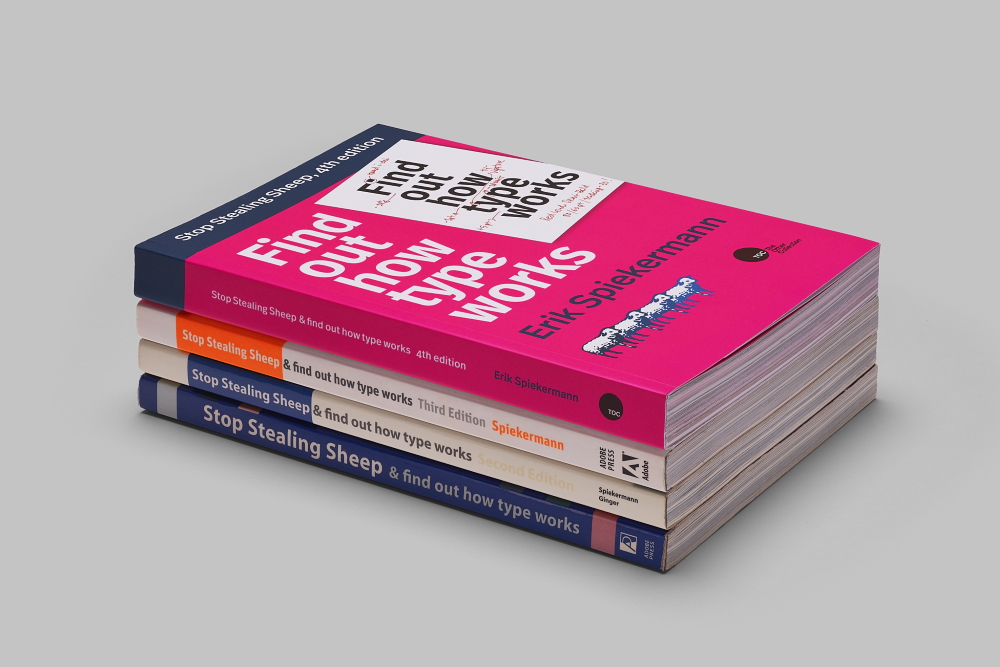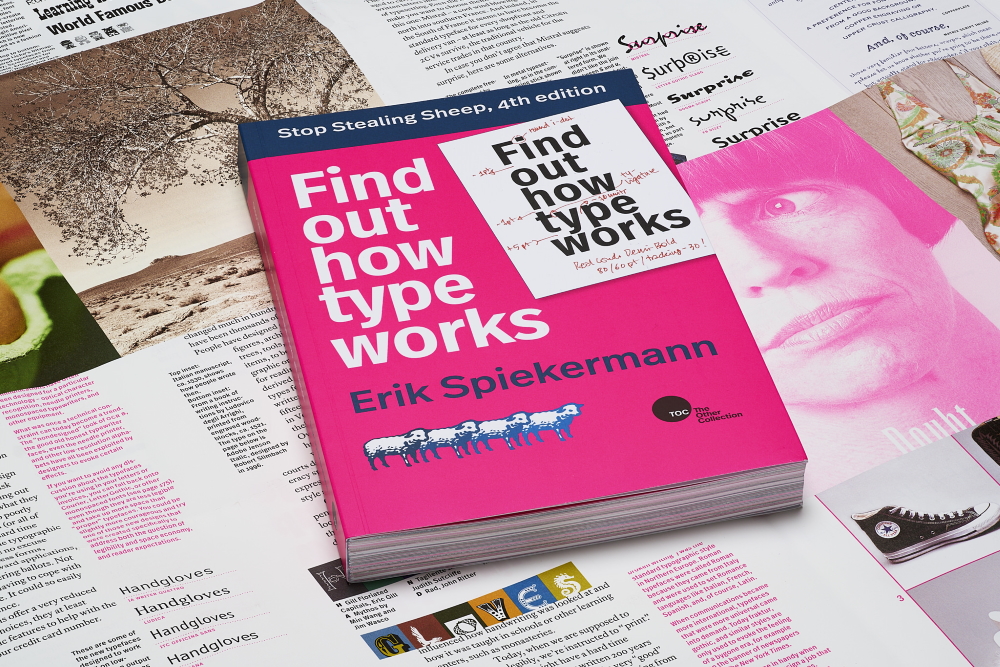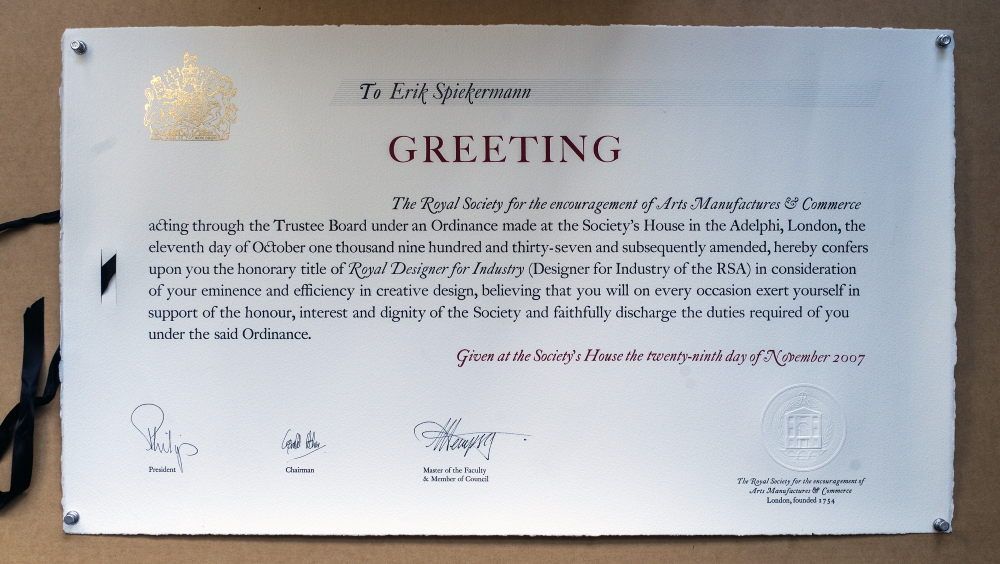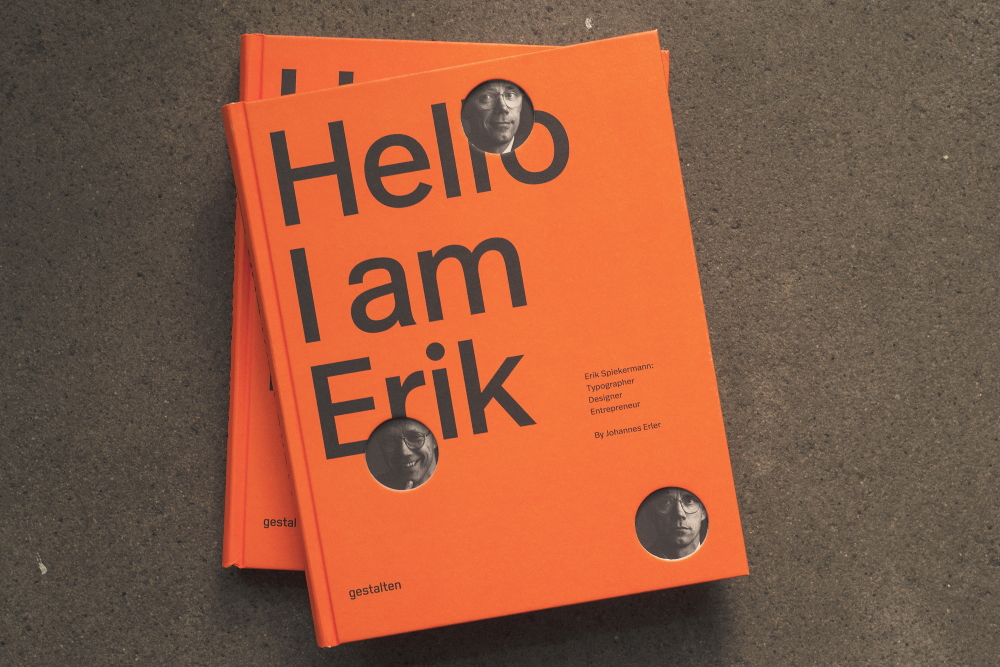Erik Spiekermann
typographer / information designer
Germany
The home typeface of Deutsche Bahn (DB), the German railway company as well as the world's second largest logistics company. The one of Finnish multinational telecommunications, information technology, and consumer electronics corporation Nokia and of Bosch, the German multinational engineering and technology company. Passenger wayfinding systems for airports (Düsseldorf) and transit systems (Berlin). The relaunch of the British weekly The Economist. Creation of the fonts FF Meta, FF Meta Serif, FF Info, FF Unit or ITC Office, FF Real and many other corporate typefaces, some of which are considered modern classics and are in The Museum of Modern Art’s design-collection. These are just a few professional references of this multi-awarded man who is one of the best-known type designers in the world. He said in an interview with Deutschlandradio Kultur: „I have a very emotional, if not libidinous relationship with letters“ and added on his own blog with a wink of an eye: „typomania is incurable but not fatal.“
Erik Spiekermann
typographer / information designer
Germany
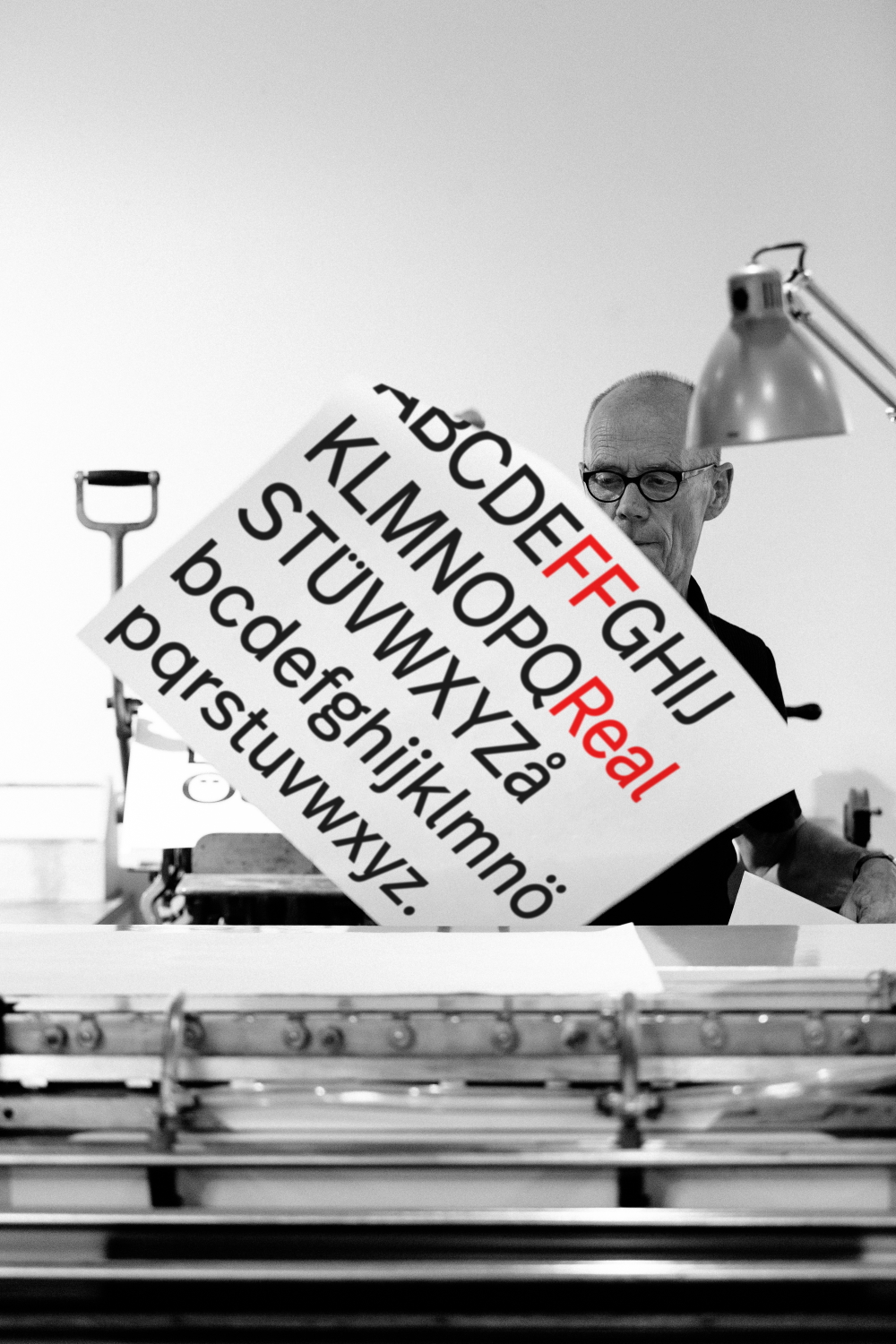
„Without type there would be no culture, because type is visible language.“ This quote from the talk with that German radio station says a lot about Erik Spiekermann. He has devoted much of his life to contribute to how language presents itself visually.
His career started a bit jerky. The native from Lower Saxony (* 30 May 1947 in Stadthagen) dropped out of his art studies early and left Berlin, where the enthusiastic guitar player ran a basement print shop, with his wife and kid in the early 1970s. London was the place for a flying start. In addition to teaching at the College of Printing, he advised major design companies and designed his first typefaces already. Back in Germany Mr. Spiekermann founded MetaDesign in 1979 and worked for the graphic industry (Apple, Adobe, Linotype) mainly. 1989 saw him founding Fontshop International, the country’s first mail order company for computer fonts. His cooperation with British graphic designer, typographer and art director Neville Brody started the FontFont library to publish original digital fonts. Spiekermann left MetaDesign in 2001 after he had been responsible for The Economist’s redesign with the London office. He then founded the design consultancy United Designers Network (later renamed to SpiekermannPartners and Edenspiekermann after the merger with Eden Amsterdam). They work for clients like Cisco, Google, Mozilla, Northern Trust, Lucid, Mercedes, VW et al, from offices in Amsterdam, Berlin, Los Angeles and San Francisco. In 2013 he started the letterpress workshop p98a “for the preservation of hand-made culture through production, design and craft” (self-assessment) including a gallery and the publishing house named TOC Berlin.
The fanatic cyclist has been awarded and honoured numerous times (Fellow of the Royal Society of Arts in London, member of European Designers’ Hall of Fame, TypeDirectors’ Club New York, lifetime award from Germany’s Art Directors’ Club, lifetime award from the German Design Council, etc.). He has written various books about type and its importance – for example as a Branding tool that represents a company down to the smallest detail and must not only be unique, but legible under all circumstances. A difficult task considering the fact that there are already 150.000 typefaces.
In any case, it is no surprise that the owner of roundabout 3.000 books looks at his printed possessions not only from the point of view of content, but of course also from the visual aspects. Among his all-time favourite writings are “Michael Kohlhaas” by Heinrich von Kleist and Mark Twain’s “The awful German Language”.
For getting to know more about this typographer, designer and entrepeneur about whom there are Wikipedia entries in 13 different languages, take a look at the monograph „Hello, I am Erik“ (320 pages, gestalten.com).
Erik Spiekermann lives and works in Germany’s capital Berlin as well as in London and San Francisco.
Interview January 2023
Dropped out of art studies, but successful as a type designer: „writing is visible language!“
INTUITION/IMAGINATION
How does intuition present itself to you – in form of a suspicious impression, a spontaneous visualisation or whatever - maybe in dreams?
I may run across something I read, hear or see and it triggers an idea.
Will any ideas be written down immediately and archived?
Not immediately (unfortunately) but I do have lots of notebooks with sketches, remarks, names, addresses.
?: How do you come up with good or extraordinary ideas?
I avoid the issue until it’s really urgent. Then I look at it until it looks back at me.
Are great ideas based on intuition and do they reveal themselves in a kind of clear as well complete version that just has to be realized? Or is it endless trials and errors (after the first spark) that result in constant developments up until the final result?
I take a problem apart and put the parts together again. I don’t believe in “creative” as divine intervention. My solutions are answers to problem and they come by looking closely at the issue and trying to see it from all sides – differently.
What if there is a deadline, but no intuition? Does the first fuel the latter maybe?
Intuition is the result of having seen millions of things and then finding the right one when you’re under pressure.
INSPIRATION
What inspires you and how do you stimulate this special form of imaginativeness?
The world around me; nothing less and nothing more.
How do you separate the good from the bad and which ideas are worthwhile to be explored further or whether one idea has the potential of being outstanding really?
By trying them out.
Has it to appeal to you primarily or is its commercial potential an essential factor?
I solve problems for a client, that is the premise.
Do you revisit old ideas or check what colleagues/competitors are up to at times?
As I get my ideas, impressions, influences from the world around me, I usually cannot remember where a specific idea comes from. I do have impostor syndrome and often think that I must have stolen an idea from somewhere but cannot remember where. Appropriation happens subconsciously, and the older I get the more all ideas have become my own.
CREATIVITY
Which time/place/environment suits your creative work process the best (tranquillity or pressure) and which path do you take from theory/idea to creation?
Pressure. I think; I sketch. And I need to talk to other people (see Kleist’s essay ‘On the Gradual Completion of Thoughts during Speech’ - that’s my Bible.
What is better in the realization process: speed and force creativity i.e. grasp the magic of the moment, or a slow, ripening process for implementation/elaboration?
Both: leave a thought to mature until there’s enough pressure for it to be turned into a solution. Procrastination is hard work.
If problems occur during creativity or one’s stuck even, how can these be solved?
Forget it and do something else.
How important are self-doubt and criticism (by others) during such a process i.e. is it better to be creative on your own, only trust your own instincts, or in a team?
Working in a team is good as a start (see Kleist), but I make my decisions on my own.
Should a creative always remain true to him-/herself including taking risks & going against the flow or must one, for reasons of (commercial) survival, make concessions to the demands of the market, the wishes of clients and the audience’s expectations?
See above: I work for clients and solve their problems, not mine.
How is innovation still possible if one has established a distinctive style and, just in case, is it good to be ahead of one’s time even one hazards not being understood?
Innovation is overrated. I try and find solutions that work. And those don’t necessarily have to be innovative, they just have to work.
When does the time come to end the creative process, to be content and set the final result free - or is it work-in-progress with an endless possibility of improvement?
When I write the invoice or/and deliver the product. I used to be scared that I might have missed something, but I have known for some time that there would always be another million solutions, so the one I end up with will have to do. I’ve been working as a designer form some 50 years now, so I know when to finish.
In case of failure or - worse - a creativity crisis how do you get out of such a hole?
I go to the next project.
SUCCESS
Should/can one resist the temptation to recycle a ‘formula’ one’s successful with?
No. Having certain formula and applying them is what makes you successful.
Is it desirable to create the ultimate/timeless work, but doesn’t “top of the ladder” bring up the question of “what’s next?” i.e. isn’t such a personal peak “the end”?
I don’t care about making timeless work, neither do I care whether that gets me into designer heaven. I want my work to work – solve the problem at hand and add some beauty to the project if possible.
MY FAVORITE WORK:
My best work was my most successful: designing passenger information and thereby a new image for Berlin Transit after reunification of the city in 1990. Successful because it works and still does after 30 years and makes the city look better.




